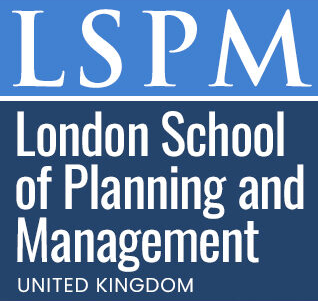Certificate Programme in 3D Printing for Education Equity
Published on June 19, 2025
About this Podcast
HOST: Welcome to our podcast, where we explore innovative approaches to education. I'm thrilled to have [Guest] with us today, an expert in 3D printing and its application in STEM education. Can you tell us a bit about your personal experiences with this technology? GUEST: Absolutely! I've seen firsthand how 3D printing can transform a classroom, making learning more engaging and accessible for all students. It's a powerful tool that encourages creativity and critical thinking. HOST: That's fantastic. Now, as an expert in this field, what current trends are you seeing in 3D printing for education equity? GUEST: There's growing interest in incorporating 3D printing into inclusive learning environments. Educators are recognizing its potential to provide personalized experiences and help close the achievement gap between different student populations. HOST: Speaking of challenges, what obstacles have you encountered or observed when implementing 3D printing in classrooms? GUEST: Access to resources and training can be a barrier. Teachers need support in developing the necessary skills and curriculum to effectively use 3D printing as a learning tool. HOST: That's true. And once they have that training, how do you see the role of 3D printing evolving in the future of education? GUEST: I believe 3D printing will continue to play a significant role in fostering innovation and equity in education. As the technology becomes more accessible and affordable, we'll see it being used across various subjects and grade levels. HOST: It's exciting to imagine the possibilities. Thank you so much for sharing your insights with us today, [Guest]. If our listeners want to learn more about 3D printing for education equity, where can they find information on your certificate program? GUEST: They can visit our website at [website] to enroll or learn more about the course. We're excited to empower educators and help create more inclusive learning experiences through 3D printing. HOST: That sounds like a wonderful opportunity. Thank you again, [Guest], and listeners, stay tuned for our next episode as we continue to explore innovative approaches to education.
